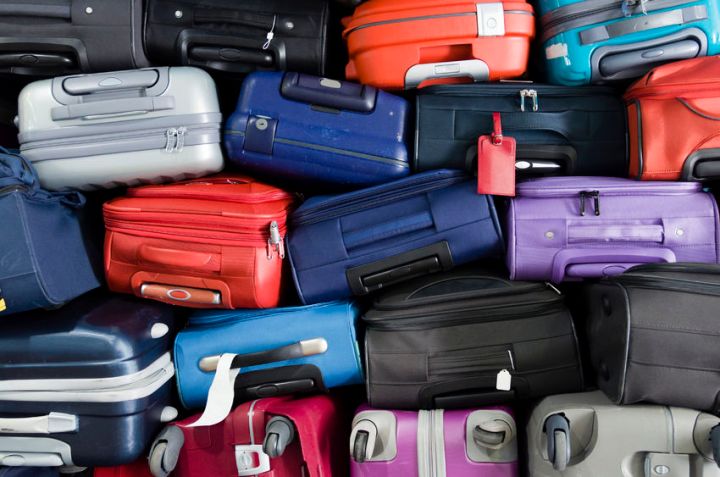
The KPN network is a low data rate (LoRa) mobile communications network that is also compatible with the telecom’s 2G, 3G, and 4G phone network. Both the long-range and low-data-rate aspects of KPN’s network are necessary to connect “things” that cannot connect to the Internet via Wi-Fi. The greater issue for IoT with Wi-Fi is that the “things” will often be far apart. In most cases there won’t be a heavy data stream because the content of the signals will be on the order of “I’m here” with a GPS coordinate, “I’m on,” or “My temperature is xx.” Usually it will be pretty simple stuff.
After initial implementation in Rotterdam and The Hague in November 2015, the KPN LoRa network is fully active throughout the country as of June 30. There are currently about 1.5 million objects hooked up to KPN’s network, but now that the full system is ready that number is due to rise quickly, due to the nature of IoT.
Three initial projects give a sense of the scope and types of application that will make up the Internet of Things. At the port of Rotterdam, depth sounders have already been outfitted with sensors and network connections. An experiment at Utrecht will connect all railway switches so they can be monitored centrally. And at the Schiphol airport in Amsterdam, a major European hub busier than JFK and Miami International combined, tests with baggage handling are already underway.
If you think of the number of pieces of luggage moving through the worlds sixth-busiest international airport you begin to get a sense of the scale of applications for IoT. If each piece of luggage has an IoT tag, nothing should be unaccounted for.
The implementation of the Internet of Things requires many elements, among them widespread coverage of LoRa networks like KPM. The good thing is the budget is there, with projected growth from $699 billion in 2015 to $1.3 trillion in 2019.



